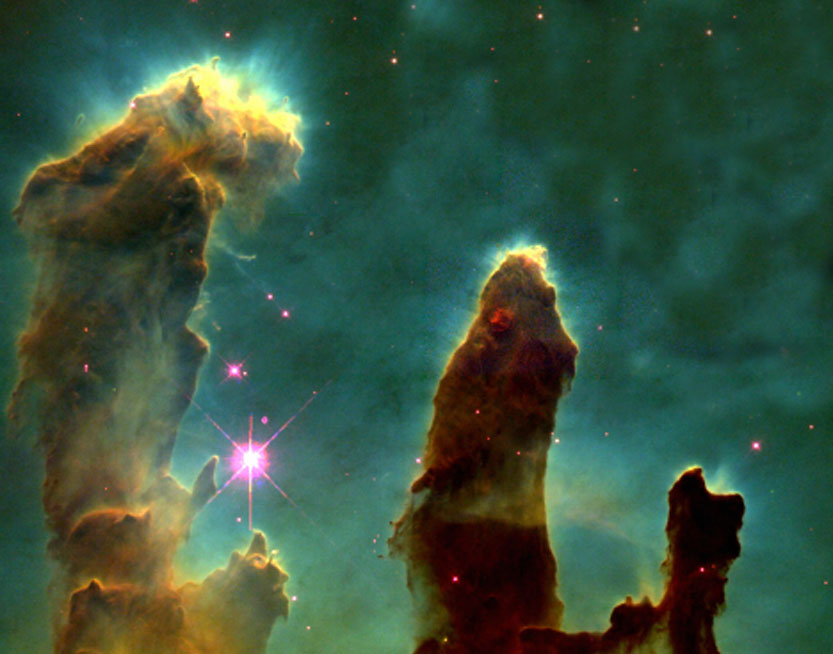PLEISTOCENE PARK
By Evan FinnesMost of us have seen or read the late Michael Crichton’s book, JURRASIC PARK , which deals with the moral issues and possible consequences of recreating the dinosaurs. Dinosaurs are one thing, but what would happen if we were able to bring back the Wooly Mammoth, the Neanderthal, or other creatures that existed more recently in geologic history?
Using the well preserved hair of two mammoths, scientists have been able to map out 70% of the creatures DNA, and they are finding that so far it is about 99.4% identical to the genome of the African Elephant. Biologists are discussing ways to modify the egg of an African Elephant so that its DNA would resemble the DNA of a mammoth egg, which could then be fertilized and delivered by a female elephant.
The Wooly Mammoth lived from the early Pliocene epoch to the early Pleistocene, or from about 4.8 million to 4500 years ago. The Wooly mammoth belonged to the order Proboscidea , and the elephant family. Mammoths reached a height of 16 feet, weighed as much as 12 tonnes, had massive tusks, and were covered in shaggy brown hair. The mammoths went extinct slightly after the last ice age around 10,000BC.
Some believe that the mammoth went extinct because they were over hunted by Homo erectus , while others believe it was due to a changing climate. Most likely this extinction was caused by a combination of several variables. Just after the ice age, as the climate warmer and wetter, and the mammoths grassy habitat was replaced by lush forests. The loss of habitat, along with the introduction of new disease brought forth by the changing climate may have started off the decline of the animal. The remaining population was probably hunted off by the humanoids who were also adapting to the changing climate.
If it is possible to resurrect the mammoth, it may also someday be possible to resurrect other animals from the same time frame, animals such as the saber-tooth tiger , Megatherium , or even the Neanderthals. Recreating these animals would tremendously benefit the studies of paleontologists, biologists, and archeologists as we try to remap the evolution of the modern man and animal.
As demonstrated by Michael Crichton, this sort of science does not come without raising some ethical questions. Most people may not have a problem going to the local zoo to observe the amazing diversity of prehistoric animals, but how will the public react to the re-creation of prehistoric man? Much could be learned about our own evolution if we could observe the Neanderthal, but could you walk into a place called Pleistocene Park and look through a cage, and into the eyes of a very ancient relative without a feeling remorse?
